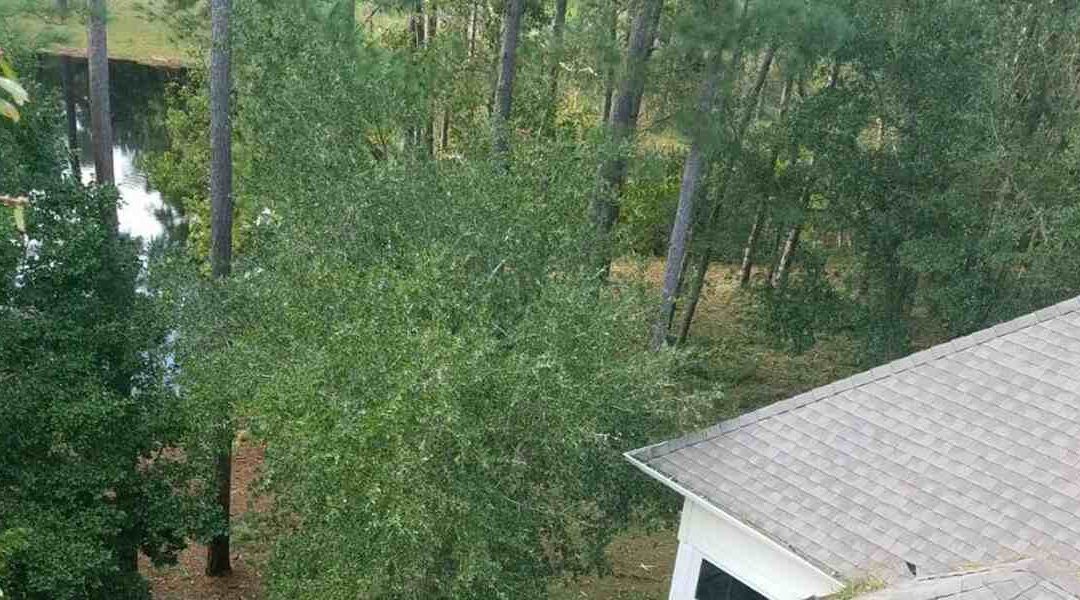Trees with deep roots often prove healthier and more durable, but they can cause damage to nearby buildings, foundations, and other trees. In this article, the professionals at Tri-State Tree Service explain everything you need to know about tree roots and how to landscape with them in mind.
For more information, continue reading, or reach out to Pensacola’s tree health care professionals.
What to Know About Tree Roots
Roots grow into the earth for nutrients and water to feed the tree. They ensure the tree remains upright during severe weather and provide strength. Deep roots allow the tree to survive droughts, harsh climates, and floods.
While the location, soil conditions, and type of tree determine how deep its roots grow, most trees keep their roots in the top two feet of soil. Most deep roots extend to three to six feet, although roots may go as deep as 13 feet into the earth in preferred conditions.
Some trees with deep roots are as follows:
- Oak
- Black Walnut
- Pine
- White mulberry
Each of these tree types tends to have deep roots and high root length density, meaning many roots attach it to the ground.
Types of Roots
There are many types of roots, including the following:
Tap Root
The tap root grows first, and the primary roots stem from the original tap root. It grows directly down out of the seed, often several feet deep. The other roots grow deeper and further out from the tap root.
Oblique Roots
Also known as heart roots, these roots grow out from the trunk and often show above the surface. They affect your lawnmower and nearby sidewalks or driveways and appear thick and durable.
Lateral Roots
Not all tree roots grow downward, however. Lateral roots grow horizontally, searching for water near the surface. These rope-like roots grow offshoots that search for nutrients and create a system to keep the tree in place.
Sinker Roots
Sinker roots grow from lateral roots directly down. Some trees grow more extensive sinker roots, such as weeping willows.
Fine Roots
Secondary roots, or fine roots, grow by the thousands. Over the tree’s lifespan, many secondary roots will sprout and die, replacing those that came before. They spread out, looking for nutrients and covering as much soil as possible.
Plant the Tree Species That Works with Your Property
Understanding a tree’s root system can significantly benefit your landscaping goals in the long term. By learning about tree species, you can determine the best location for planting and prevent property damage.
Search for pipes and similar underground before you plant, as leaking water attracts roots. Always give a smaller tree at least ten feet of clearance and up to 20 feet for trees larger than 70 feet tall.
Learning about your property’s soil can help you understand how deep your tree roots will grow. Compacted soils, for example, will mitigate some growth.
Contact Our Team For Help!
If you need to remove tree roots or learn more about trees with deep roots, contact Tri-State Tree Service at 850-876-8003 and request an estimate in Pensacola, FL, today!


